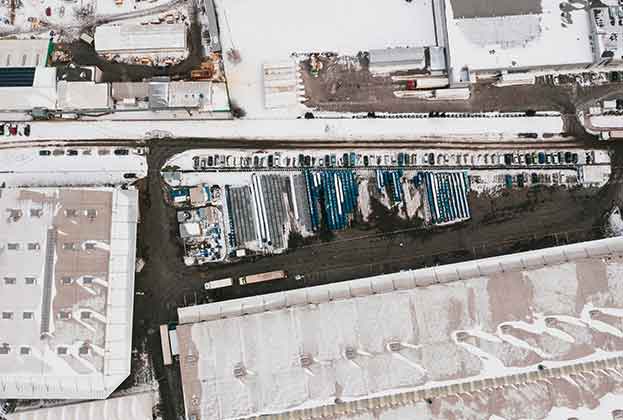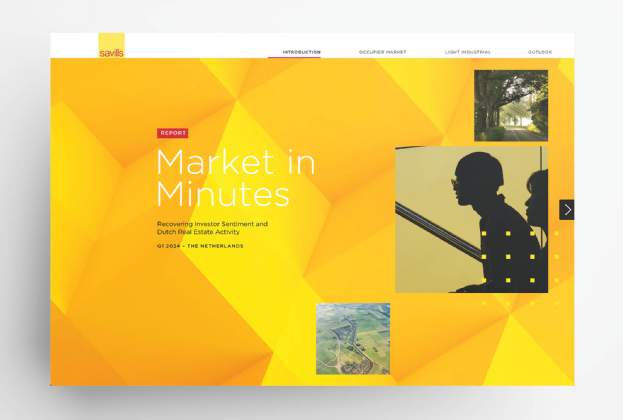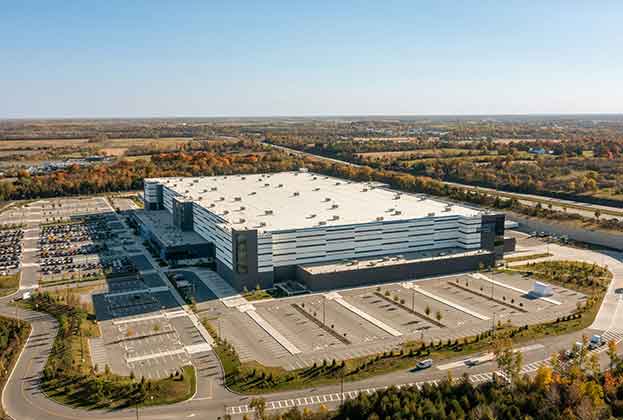Map: positions of three largest municipal parties on land policy for transport and logistics in logistics hotspots
However, party programmes often turn out to be not very concrete: they often only talk about the desire to 'make something more sustainable' or 'greener'. How all this is to be achieved is usually not specified. And if concrete measures are mentioned, then it usually refers to solar panels, rooves and green walls, the E (Environmental) of ESG.
Green is not black and white
It is good to see that making logistics real estate more sustainable is being included in the party programmes and that politicians have an opinion on the matter. I also prefer not to see sheds popping up in apparently random locations across the country. However, I do believe that we should not go overboard. In some municipalities the policy is very black and white.
On the one hand, we are all used to ordering packages to be delivered to our homes. We also want to have these packages arrive faster and faster. The result is that demand for logistics space is at an all time high. On the other hand, there are also understandable concerns about the impact of the growth of the logistics sector on the landscape and environment. A balance will have to be found here.
I am also shocked by expressions of doubt in the media as to whether the Netherlands’ positioning as a distribution country still has added value. It is evident that we are an optimal transit / gateway country, given our strategic location and having the largest port in Europe.
If yes, then how?
There are also very successful examples of the integration of logistics into the landscape. I think Tradeport Venlo is a good example. In the development of this business park, the necessary infrastructure for large-scale logistics developments has been taken into account from day one. This includes that the trucks don’t travel through residential areas, that the activity does not cause congestion, etc.
This integration is easier to achieve with 'green fields'. There is a greater challenge for brownfields. But here too, there are solutions to consider. For example, this includes the visual appearance of business parks, such as the creation of strips of woodland, rows of trees, nature-friendly banks, ponds etc. Combined with recreational opportunities such as green areas and cycling and walking paths, business parks can add value for local residents.
It not only improves the spatial quality for local residents, but also for employees. Savills’ research report What Warehouse Workers Want (2020) shows that logistics employees highly value a healthy working environment. Making an environment green, blue and improving biodiversity, makes it more attractive. These are just some of the ways to increase the S in ESG.
Making industrial areas more sustainable may in the short term cause delays in logistics (re)development, but it is the sustainable long-term solution. It is therefore a good thing that it is high on the local political agenda. No is not always an option, given the increasing demand. If yes, then how, is a question that politicians can answer in consultation with developers, occcupiers and advisers. From building (re)development to area (re)development.
You can read more about the latest developments within the logistics real estate sector in our research report 'Spotlight: Logistics 2022'.
Sources: Savills Research and the Knowledge portal Climate Adaptation
.jpg)

.jpg)
.jpg)

.jpg)
.jpg)

.jpg)

.jpg)
